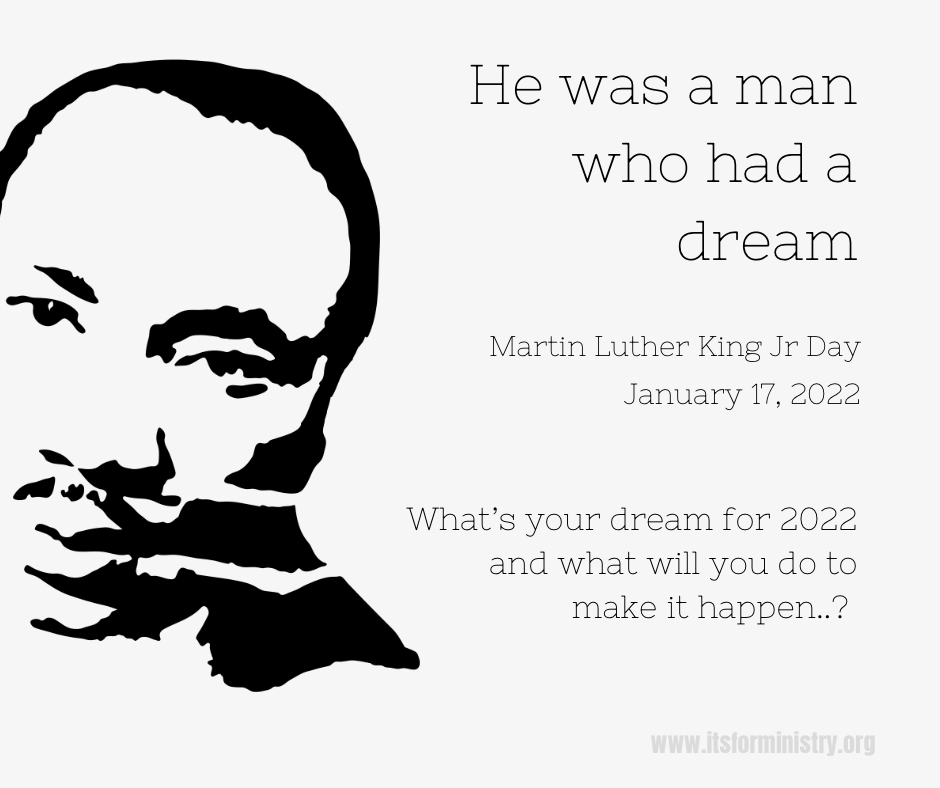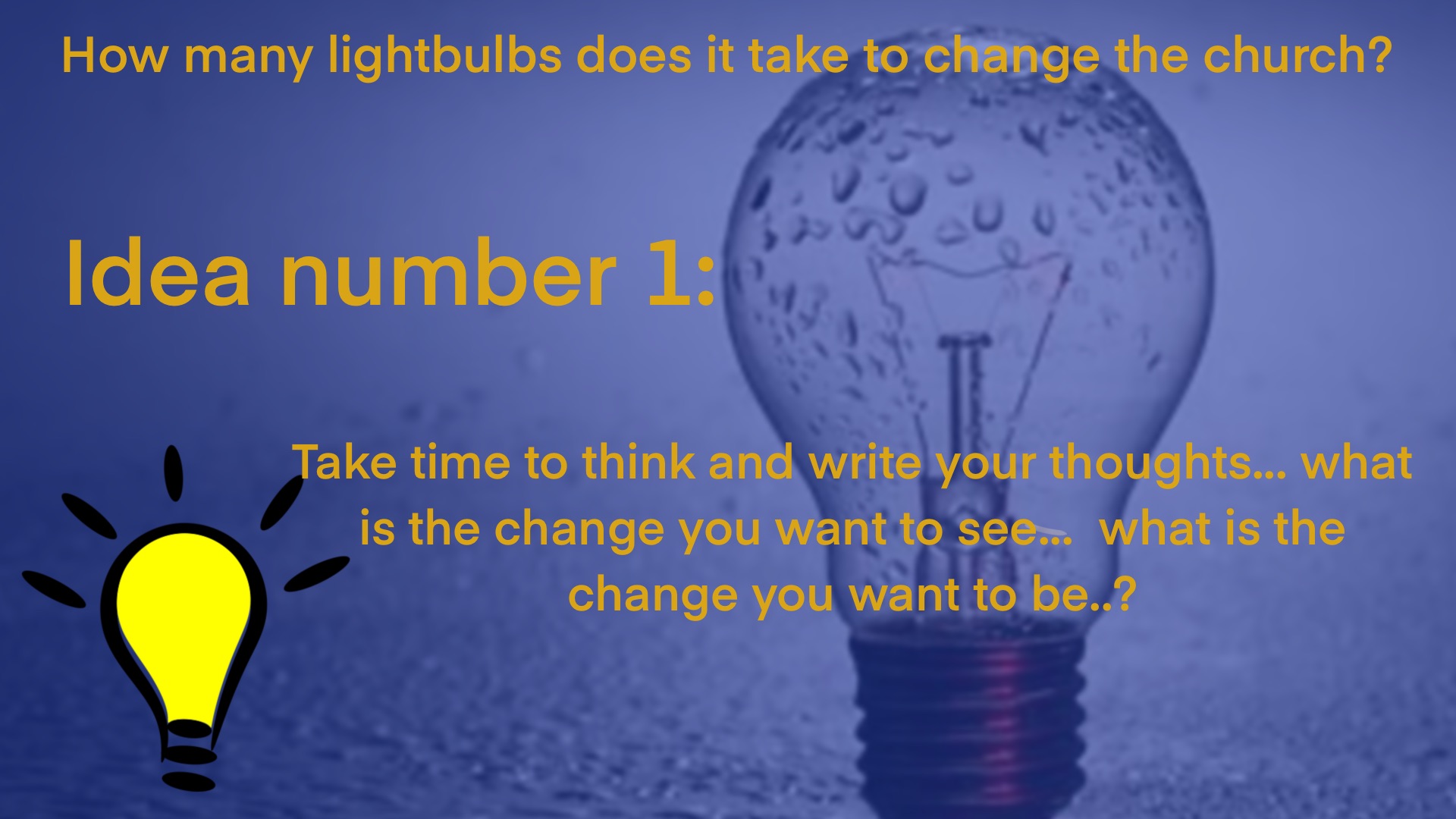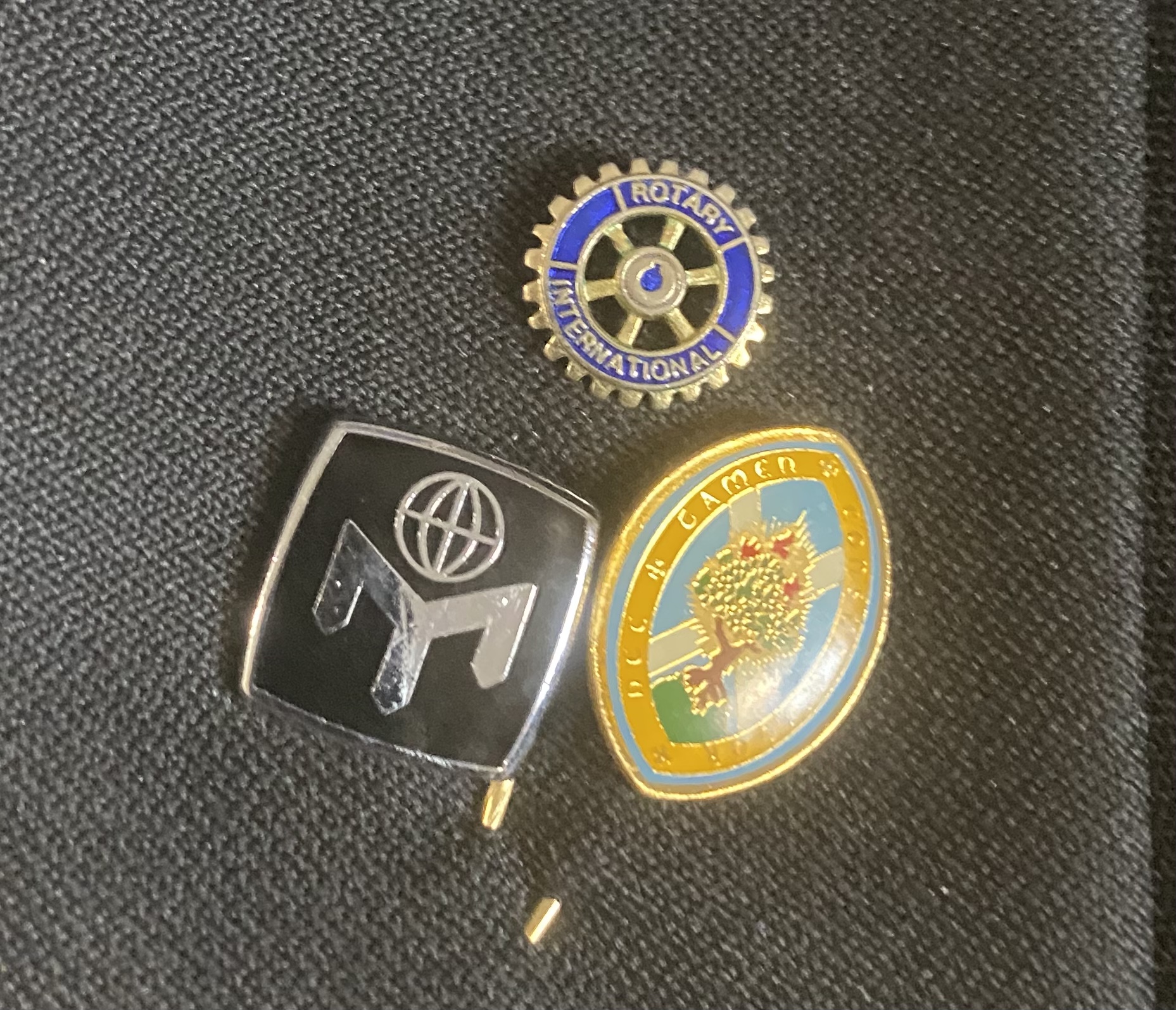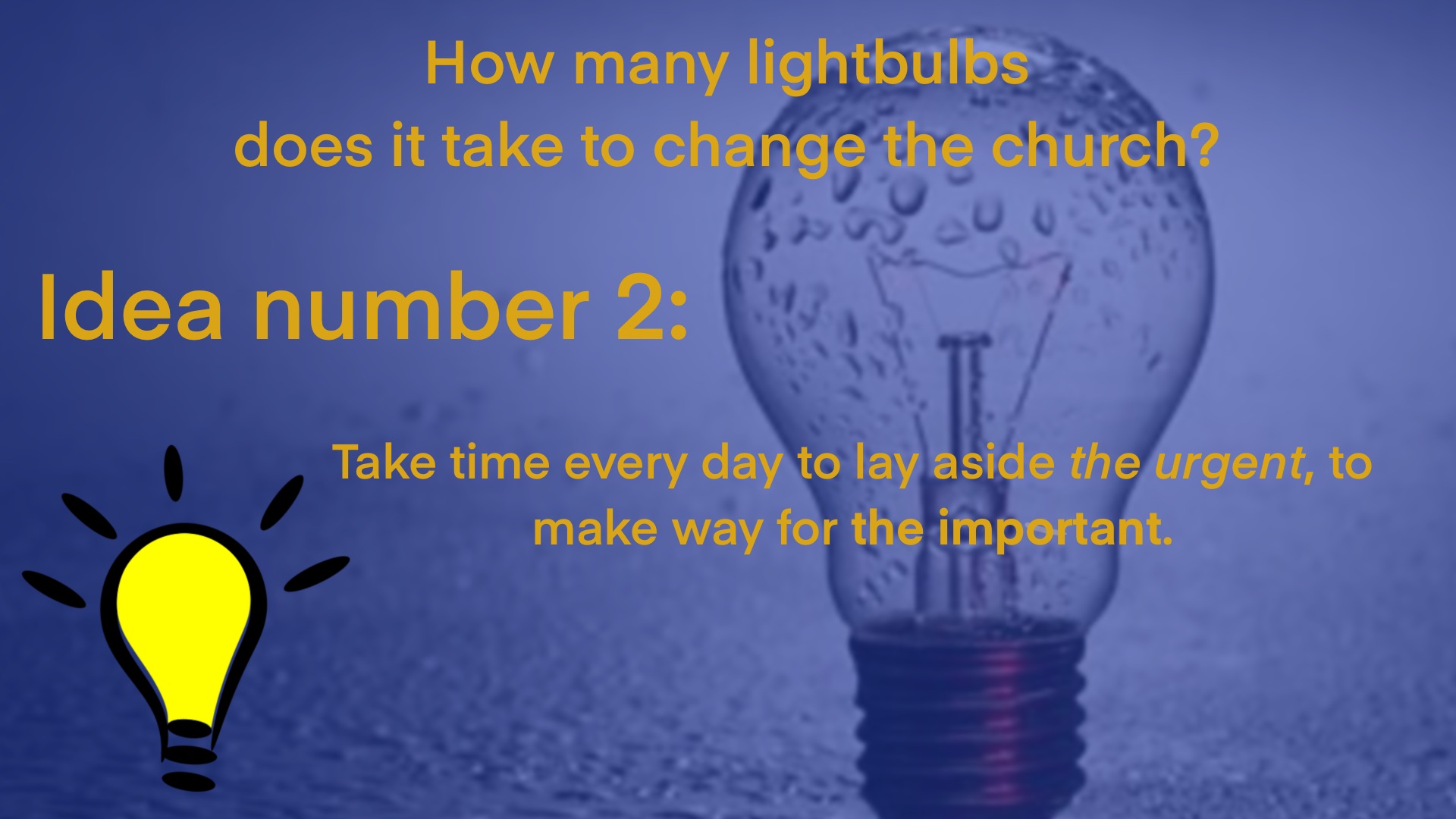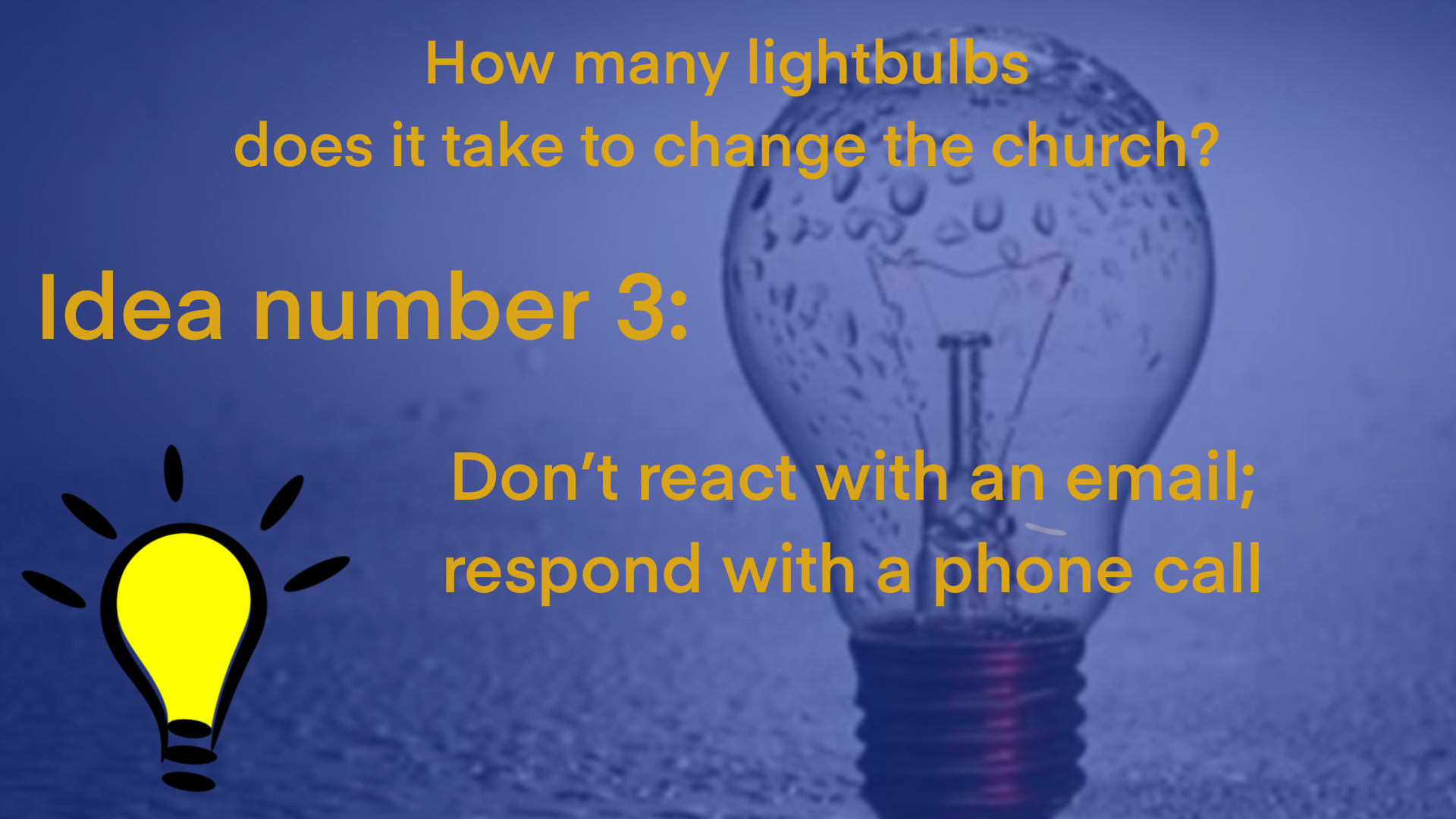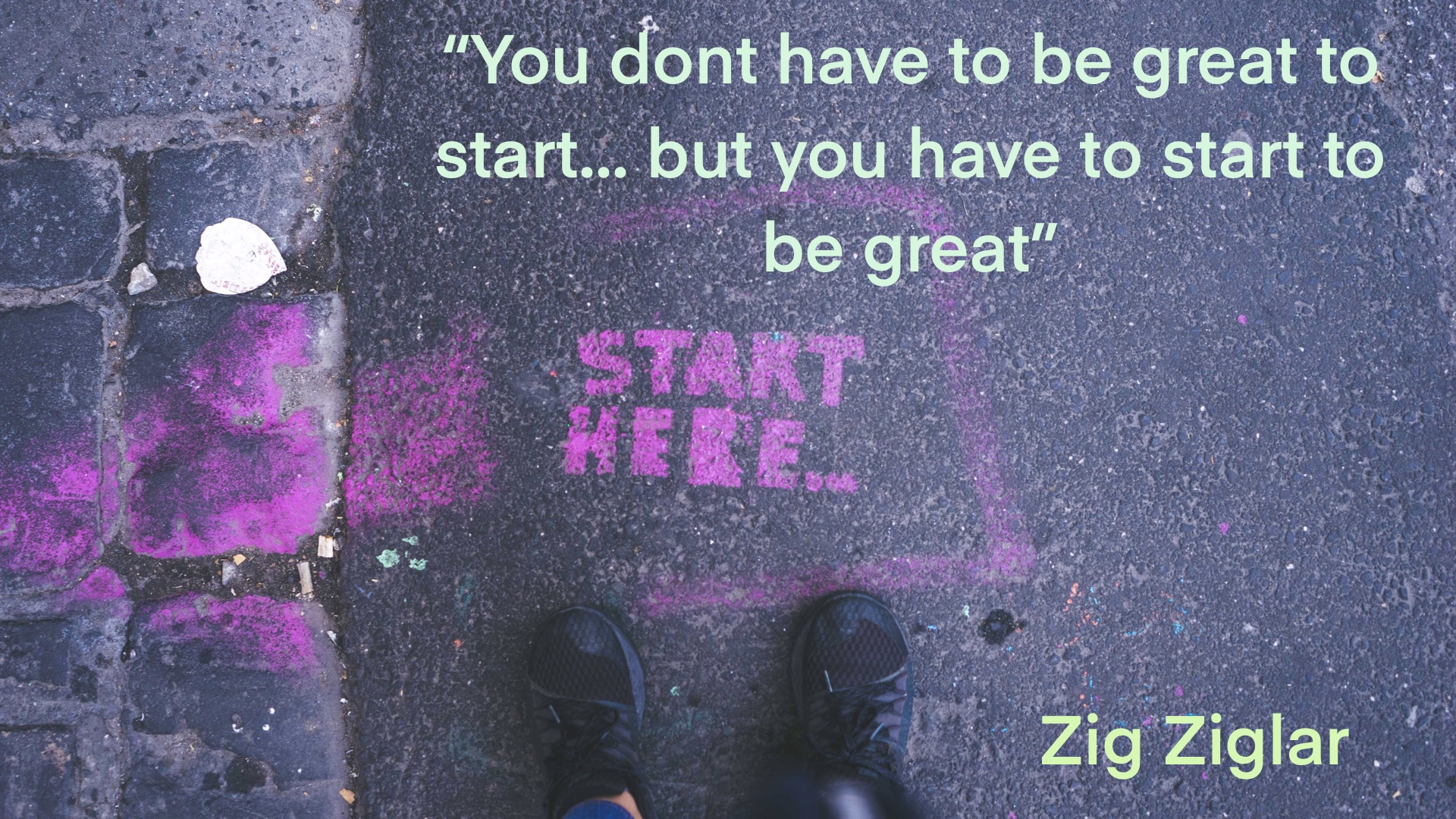Martin Luther King Jr Day is marked on the Third Monday January – close to his birthdate 15 Jan 1929 He famously said, “I have a dream…” Not, “I have a plan… an idea… a project… With the emotion of a dream he led others to action, changed beliefs, ideas, and plans… but it all began with a dream… What are your dreams… your hopes… for the World, the Church,…
Read MoreOutside Holiness
I was looking for the George MacLeod quote ‘Take us outside holiness’ – from the prayer prayed during the rebuilding of Iona Abbey in the 1930’s. Before finding it, I came across another George Macleod quote “I simply argue that the cross be raised again, at the centre of the marketplace as well as on the steeple of the church. I am recovering the claim that Jesus was not crucified…
Read MoreTake time to reflect.
Socrates is attributed with saying “The unexamined life is not worth living” And more recently Charles Handy quotes: “It’s like the Irishman Frances Crick once said: ‘How do I know what I think until I hear what I say?’” Do you take time to listen to yourself..? To reflect and ponder what you really believe and think about life, the universe, faith, God, yourself and everything…
Read MoreMembership and Belonging
What are you a member of? What groups and organisations do you belong to? Within the Church we sometimes talk of membership, and we sometimes talk of how some of our most committed folk are not members, and yet many of our members aren’t active in the community of faith. The understanding of membership has certainly changed over the years. In our post-modern world… are we still ‘post-modern’ or gone…
Read MoreMake time for the Important
Stephen Covey spoke of ‘First things First’, important things first. He borrowed Eisenhower’s Urgent/Important Matrix Michael Heppell and others speak of allocating time to the categories: ‘Me’, ‘Key’, ‘stuff’ – where ‘Key’ projects are the mission critical important ones… yet how often all the urgent stuff pushes out the important. ‘Me’ times – are, well it says it on the tin doesn’t it – times for YOU – and that’s…
Read MoreRespond don’t React
In our fast paced world when communication can be instant there can be the temptation to react swiftly with an email reply. Remember though the slightly older technology that facilitates full duplex synchronistic conversation – the telephone – and its modern counterparts the Voice call or video call. You can engage much better, reach a full solution rather than just the next step… and there’s less opportunity for misunderstanding. See…
Read MoreWhere are the bottlenecks?
The late Eli Goldratt (1947-2011) was a scientist who building on models and ideas from the natural world and turned the focus of his work to the leadership of change. He coined the phrase ‘Theory of Constraints’ – which at its simplest says ‘No system is operating at maximum potential, if it were there would be infinite and perfect output, there will always be at least one limiting factor, or…
Read MoreWhat will you start today?
What will you start today..? Something you’ve been putting off… something you think you won’t do well..? Something you’ve been worrying about doing..? Whatever it is – just start it?
Read MoreIf it ain’t broke don’t fix it
Mmm… I’m not so sure about that one… you see some things are are working just perfectly as they did fifty years ago… but are they fit for purpose now?
Read More